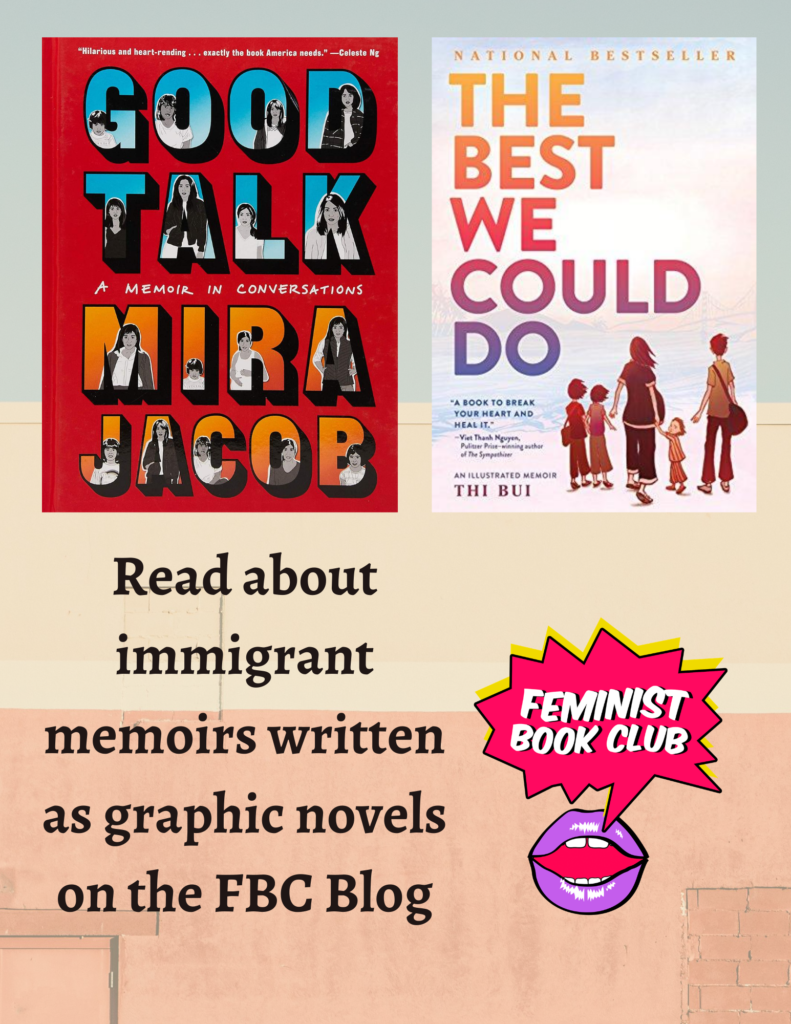Before discussing memoirs that are written in the form of graphic novels, I would like to present a thumbnail definition of graphic novels, which are longer than comic books and are often a story in itself without being serialized (although that is possible). Often published as stand-alone books, graphic novels can be a part of series (like the Sandman series by Neil Gaiman) but they are formatted like comic books. On the other hand, memoirs are works or historical accounts or biographies that are written from personal knowledge.
One of the most famous graphic novel memoirs is the Maus duology by Art Spiegelman that shows the horrors of World War II and its after-effects. Spiegelman’s parents were in the concentration camps and both the novels show how that experience continues despite living a free life post-war. Two recent graphic novel memoirs show the immigrant experience in the US but from two different views: The Best We Could Do: An Illustrated Memoir by Thi Bui and Good Talk: A Memoir in Conversations by Mira Jacob.
The Best We Could Do is Bui’s memoir, specifically about how her parents fled 1970s Vietnam with their family. The novel not only shows
Vietnam’s history but also how that
trauma impacted Bui’s parents, be it
financial hardships,
displacement,
unstable governments, and
execution of people. The trauma that Bui’s parents went through also affects their
parenting. Bui explores her own history and identity as a
child of war survivors; she also starts questioning herself as she has given birth and wonders how families are created and how much do we actually know our parents. The memoir not only shows Bui grappling with her
family history but also shows
Vietnam’s colonized and war-ravaged history. Bui realizes that in the end, parents can only do the best they could in raising their children.
Good Talk: A Memoir in Conversations by Mira Jacob, set before, during, and after
Trump’s election raises questions on
race,
sexuality,
gender, and
politics when Jacob’s half-Indian and half-Jewish
six-year-old son, Z starts asking questions. Jacob discusses her
childhood in Albuquerque, her Indian parents, her career as a writer, her marriage to Jed, their son, and her parents-in-law who voted for Trump. The memoir shows Jacob’s experience as
a woman of color, how she is perceived, and even how she stumbles while being sensitive to racism. Like
The Best We Could Do, Good Talk also shows how difficult
parenting is, how hard it can be to understand your parents, and the
immigrant experience in the US.
Other graphic memoirs
Some other graphic novels to include in your TBR are Fun Home: A Family Tragicomic by Alison Bechdel where she shows her family including her coming out as a lesbian and her homosexual father; Can’t We Talk about Something More Pleasant? by Roz Chast which is a heartbreaking portrait of how she copes with the loss of her parents; the Persepolis duology by Marjane Satrapi chronicling Satrapi’s childhood in and return to Iran; and Blankets by Craig Thompson that is about his childhood.
Rashmila likes to read books by/about women/people of color. She prefers fiction to reality. A dog parent and word ninja, she volunteers for non-profits and is multilingual. Favorite genre- contemporary literary fiction.


